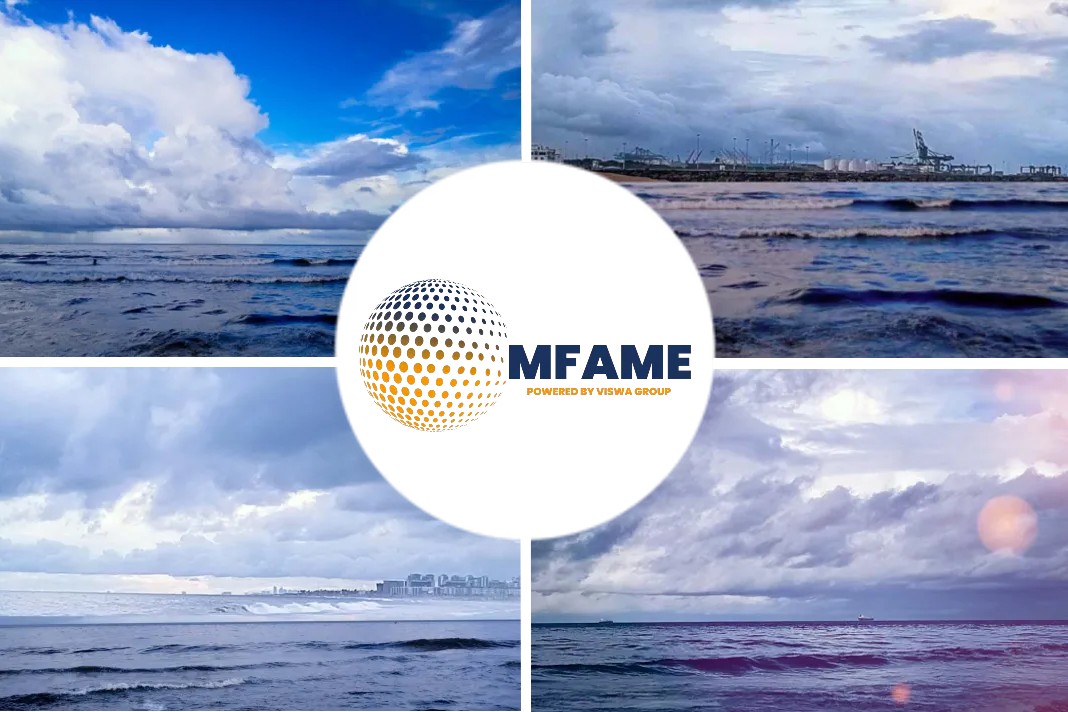- IBIA reported that shippers experienced smooth transition to IMO’s revamped regulations.
- Price of 0.5%S bunker fuel in Rotterdam surged more than 16% as demand rose in December.
- Moreover, no quality concerns were raised by shippers till now.
According to an article published in Platts, IBIA said players reported “a surprisingly smooth transition“ to the IMO’s revamped sulfur regulations for marine fuel.
Smooth transition
The participants commenced preparations for IMO 2020 at least two years prior to its implementation, it added.
“Recent price volatility and high prices can be painful, but it has also been to the benefit for some who secured supply contracts during 2019 when prices were not expected to be that high,“ IBIA said.
The price of 0.5%S bunker fuel in Rotterdam surged more than 16% as demand rose in December and at the start of January, S&P Global Platts data show.
As a result, one bunker buyer told the IBIA it had seen an increase in deliveries that were smaller than what was expected in recent weeks.
Quality concerns fail to surface
In terms of quality, the companies said they had not had the “the operational nightmare that [was] predicted“ for fuel stability and compatibility, IBIA said. This was, in part, due to diligent procurement strategies to obtain information on pre-testing in advance, one company told the trade association, it said.
Notably, the company observed “large differences in the quality of 0.5%S [very low sulfur fuel oil], depending on the nature of the blends. For example, with regards to [catalytic] fines, with either very high or very low levels,“ the IBIA said.
VLSFO test results can marginally exceed 0.5%
“One concern that kept cropping up in our conversations with both buyers and suppliers … was how to deal with sulfur test results marginally above the 0.5% limit,“ the IBIA said.
As the margin of error on sulfur content in marine fuels has fallen significantly since the debut of IMO 2020, the topic has been to the fore for many market players.
The marginal difference in sulfur content can occur from “the difference between commercial contract interpretation around test precision principles and the MARPOL Annex VI sulfur verification procedures approved by the IMO for authorities to use when obtaining samples from ships to check for compliance,“ the trade group said.
One reason for fuel being supplied slightly above the 0.5%S limit “could be that shore storage tanks or bunker barges have not been adequately cleaned when the usage has been switched from [high sulfur fuel oil] to VLSFO,“ it added.
Did you subscribe to our daily newsletter?
It’s Free! Click here to Subscribe!
Source: Platts


























